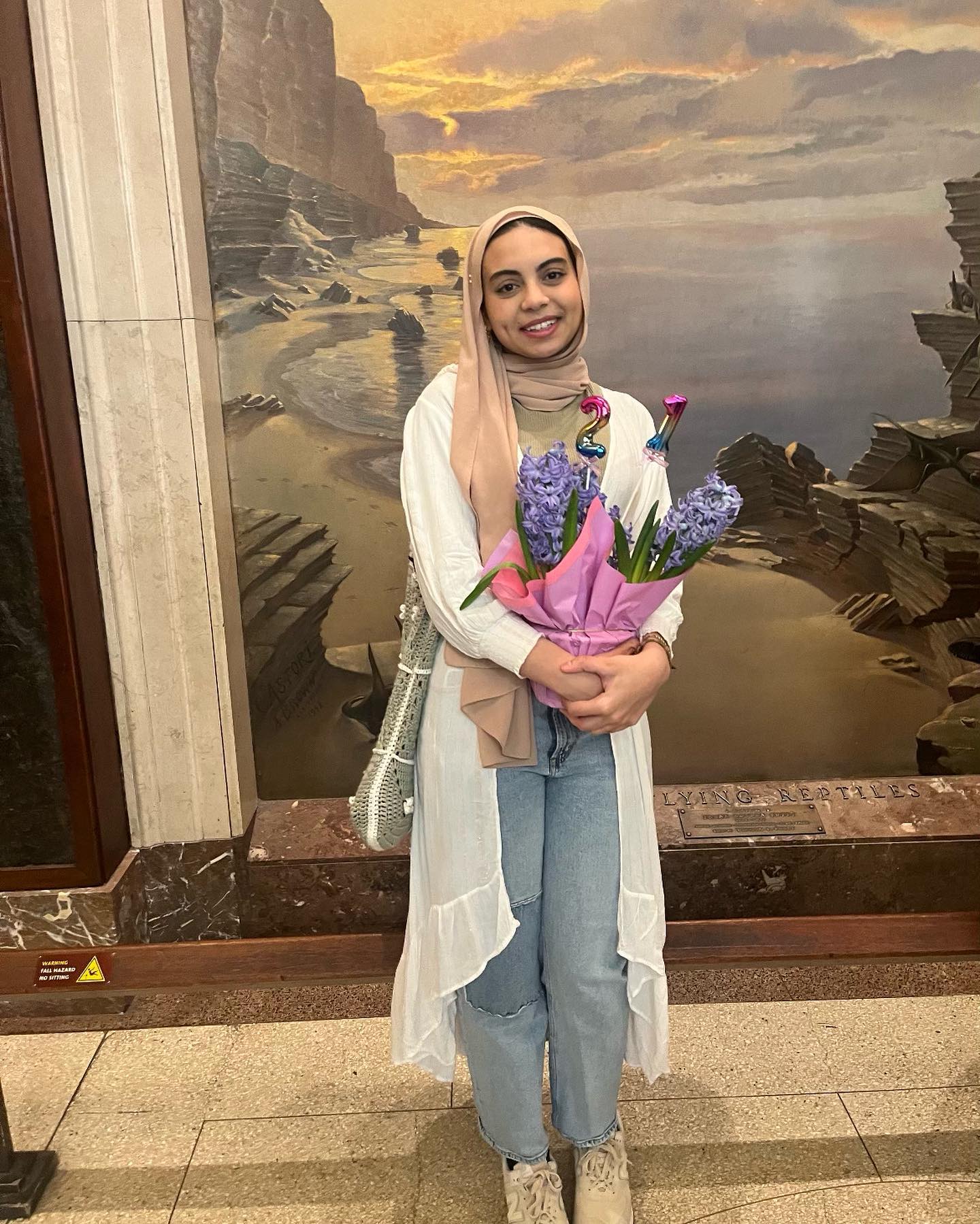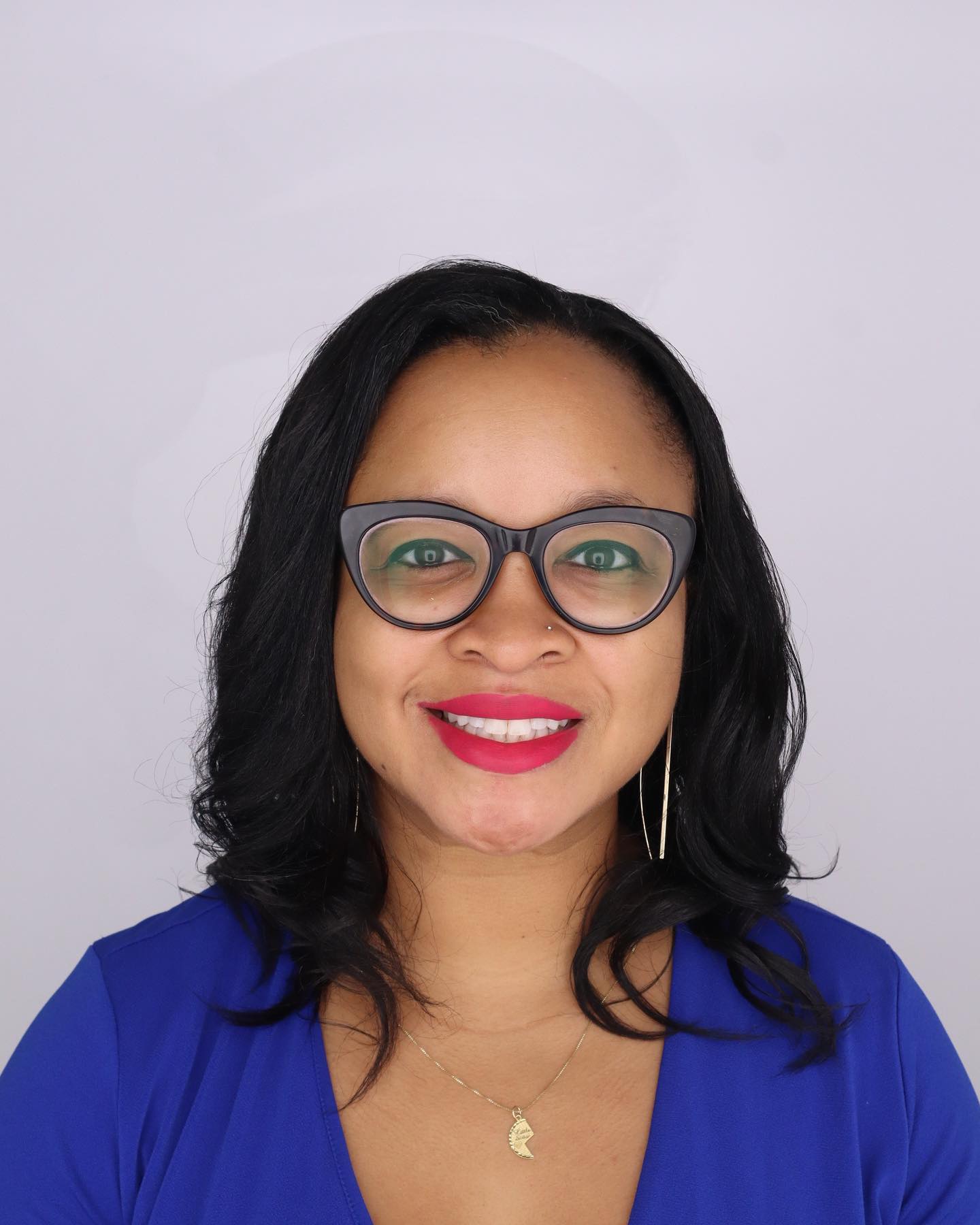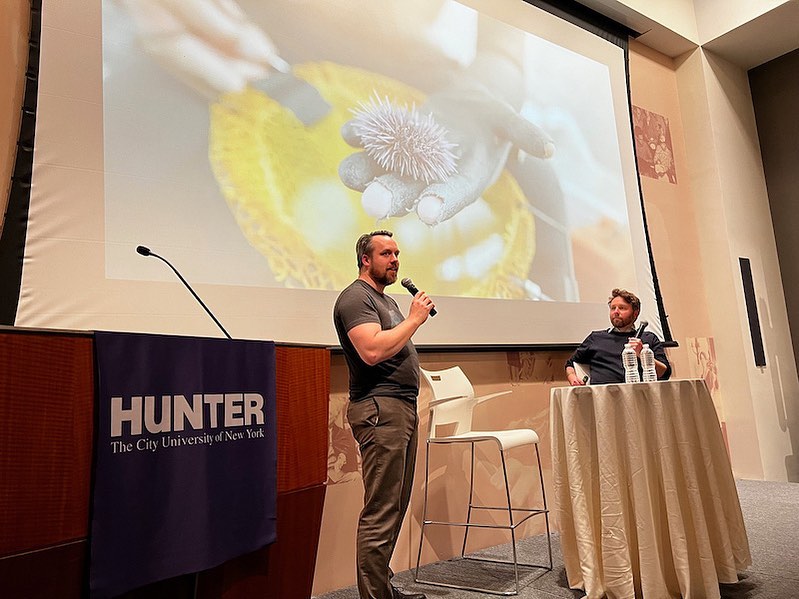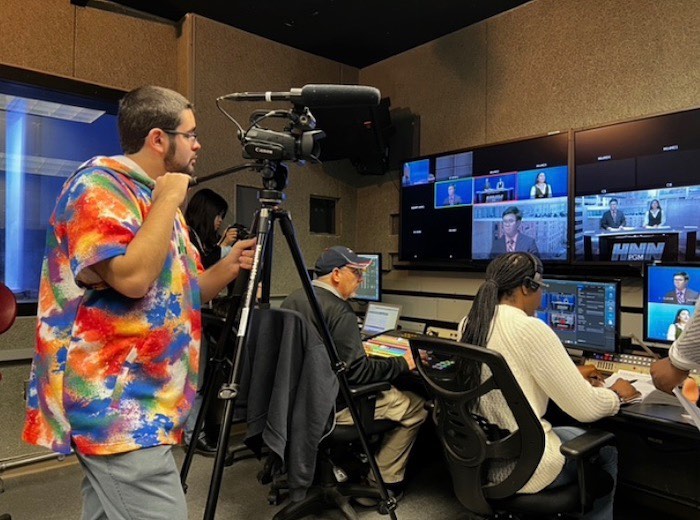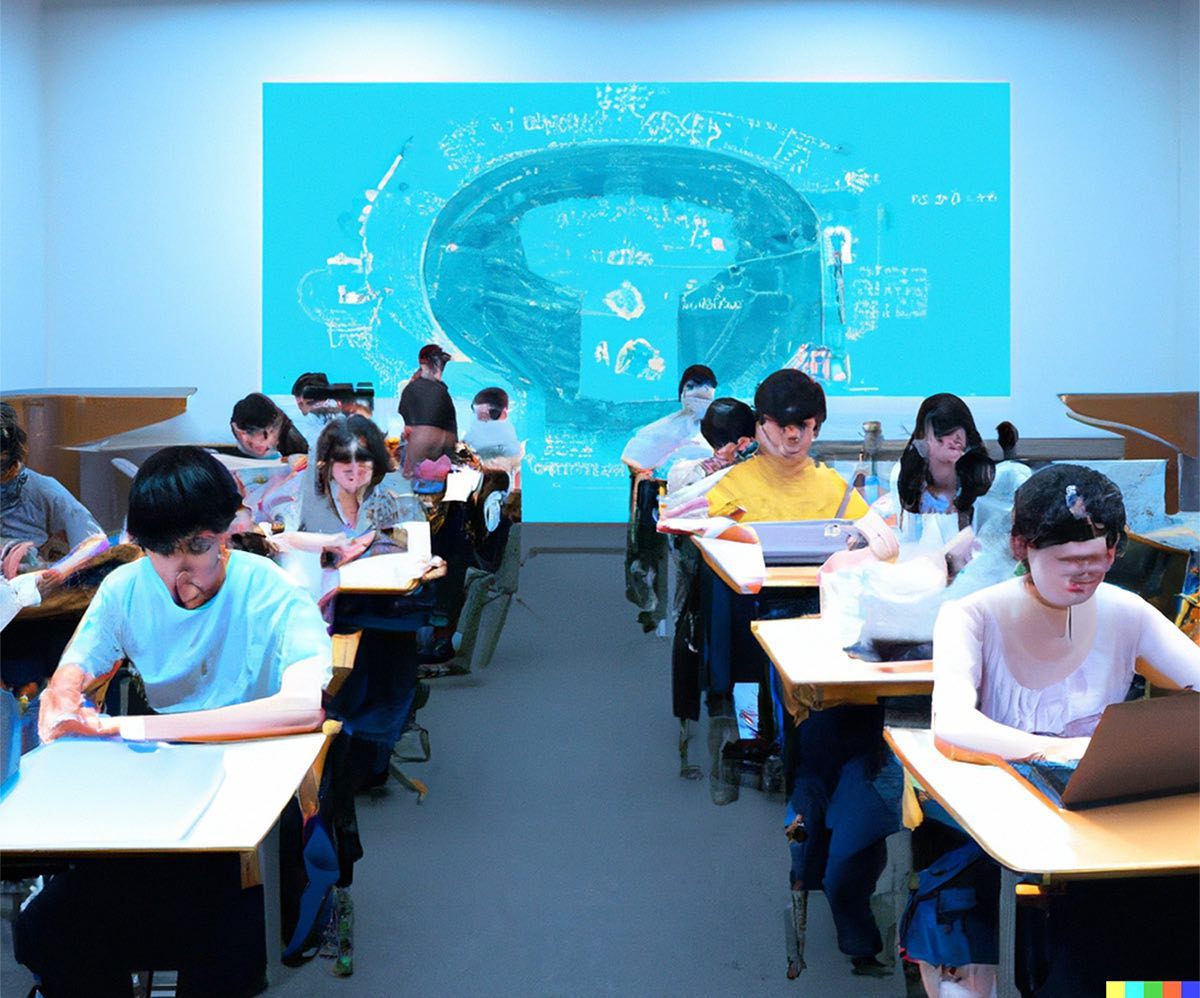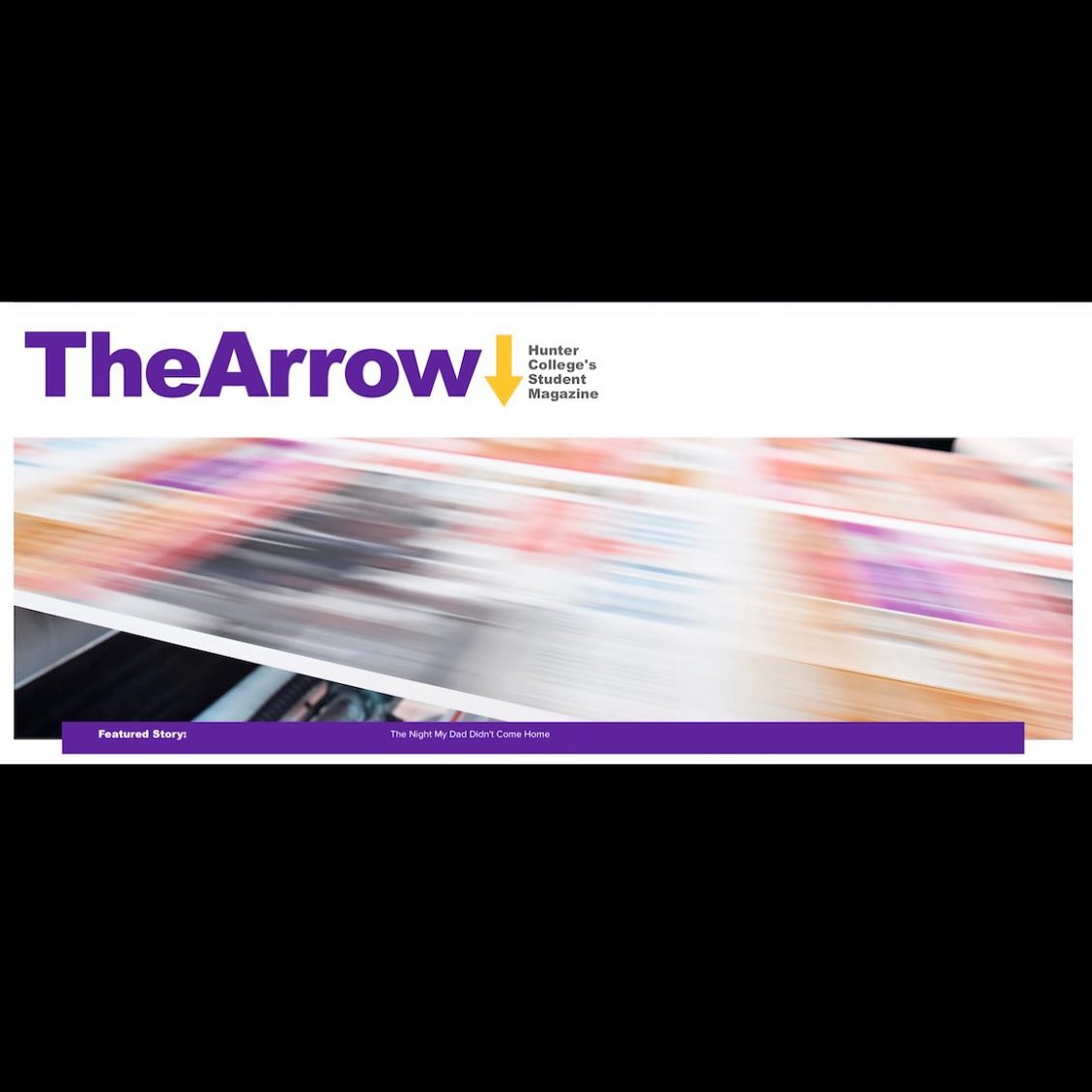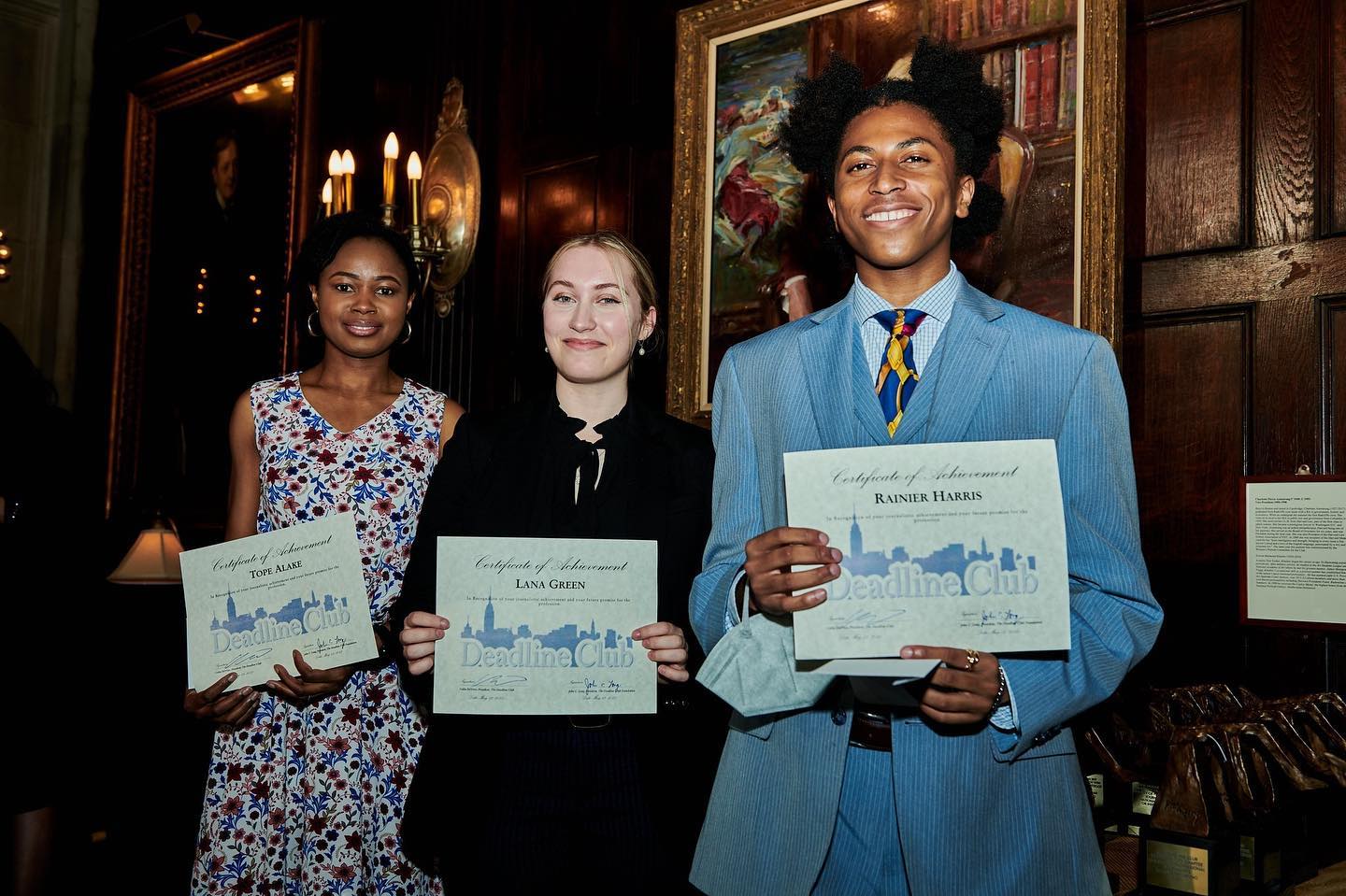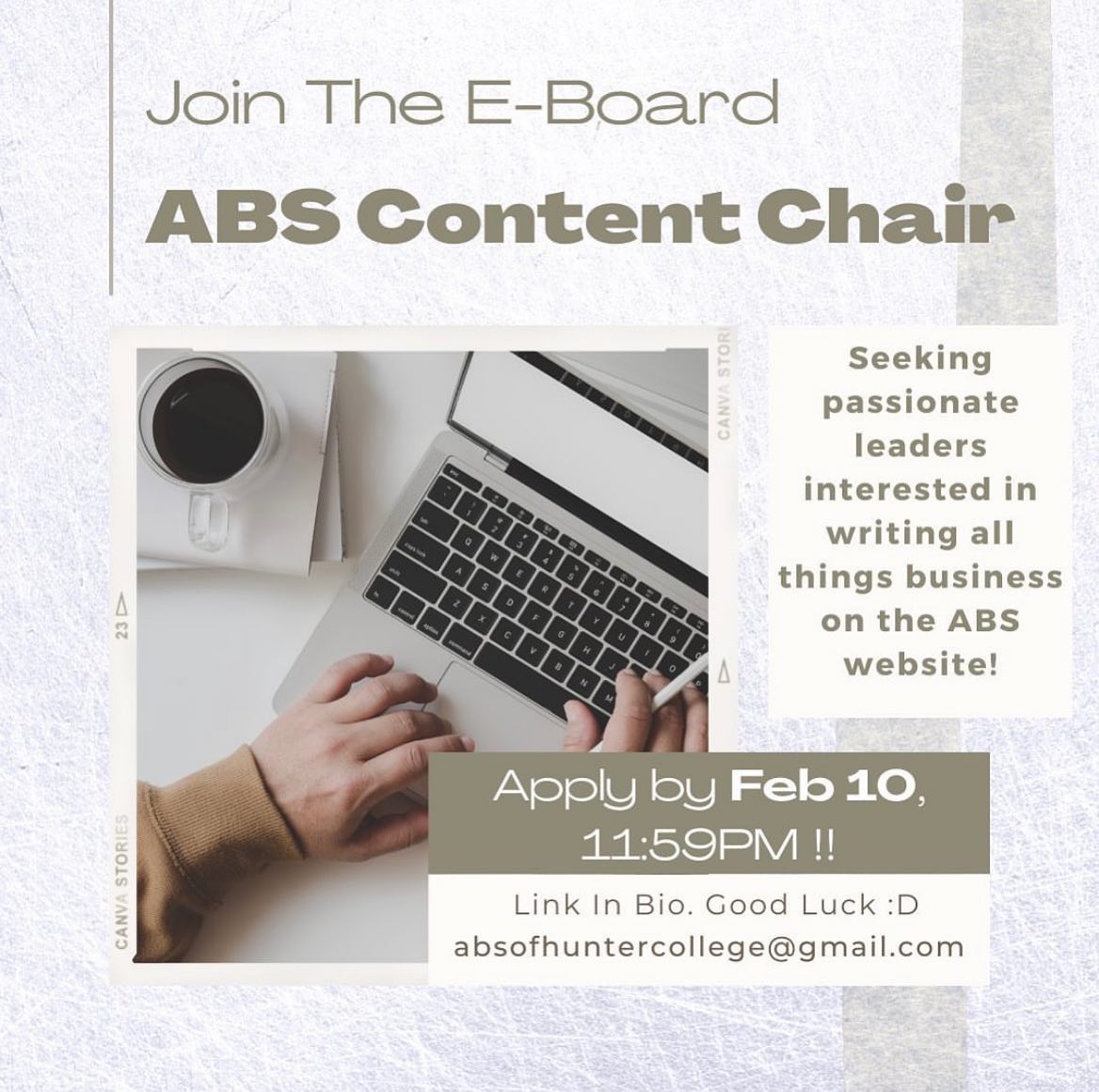
On October 7, the Roosevelt House for Public Policy hosted a talk, “How Science Journalists Confront Bias in Their Stories and in Themselves,” in which award-winning journalists Corey Powell and Pamela Weintraub discussed truth decay, misinformation and bias in science journalism. Sponsored by the Pulitzer Center, the discussion was moderated by Professor Sissel McCarthy.
Weintraub opened by discussing starting the nonprofit media organization OpenMind during the COVID-19 pandemic, recalling how the vast spread of misinformation influenced her desire to combat it and how she obtained funding from The Science Literacy Foundation to kickstart the project. A grant from the Pulitzer Center for truth decay research allowed her to seek answers on bias and its existence in science journalism.
Weintraub stressed the importance of original and detailed reporting, noting that “no one can use ChatGPT without being hit with a massive hallucination.” She finished her presentation by calling attention to the emerging field of neurotechnology, which, combined with AI, it could pose a danger of feeding misinformation directly into people’s brains. She highlighted a movement to pass laws intended to create a certain level of privacy and protection for the people using it.
Powell then took the stage and emphasized the importance of nuance when asking questions, and that yes/no questions are really a key player in the spread of misinformation. He explained how he initially dismissed conspiracy theories as largely harmless but came to realize how dangerous their spread can be during the pandemic. Powell argued that people need a certain level of curiosity in what they don’t know, and suggested that everyone always ask themselves a simple, four-word question to combat the spread of disinformation: Could I be wrong?
Professor McCarthy asked the panelists about their personal efforts to combat bias and disinformation. Weintraub made points on biases that are acceptable to publish and those that aren’t, and elaborated on the dangers of neurotechnology if left unchecked. Powell spoke about his approach in seeking experts for interviews and how difficult it can be, noting that outliers of a certain field are interesting, he says, but there needs to be a close eye to determine if the subject is truly working on a new approach. He was also asked about harmless conspiracy theories, explaining that sites like Quora allow experts and hoaxers to mingle with each other and how that presents a lack of division between the two, allowing people to find more conspiracy theories to believe in.
During the audience Q&A, one person asked about “hit and run” journalism, how mainstream news outlets report it, and how the audience should interact with it. Weintraub emphasized the need to know when a story requires you to seek an authority, since health stories in major outlets often omit the nuance and instead emphasize the fiery details.
Another asked how the panelists curate their environments to avoid falling into traps of bias and misinformation. Powell highlighted how difficult of a question it really is. He said that he needs to expose himself to people who don’t believe what he does. McCarthy used the LGBTQ+ community as an example of how exposure helps to reduce prejudices when people realize issues are closer to them than they might think.
To conclude the event, the panelists discussed how they deal with vetting supposedly trusted sources. Weintraub pointed to her experience with government agencies and how they aren’t always as reliable as they want us to think, noting that things need to be taken with a grain of salt and sometimes experts outside of these agencies need to be sought out.
Finally, the panelists, students and other attendees retired to the stately reception room upstairs for refreshments and more discussion.

